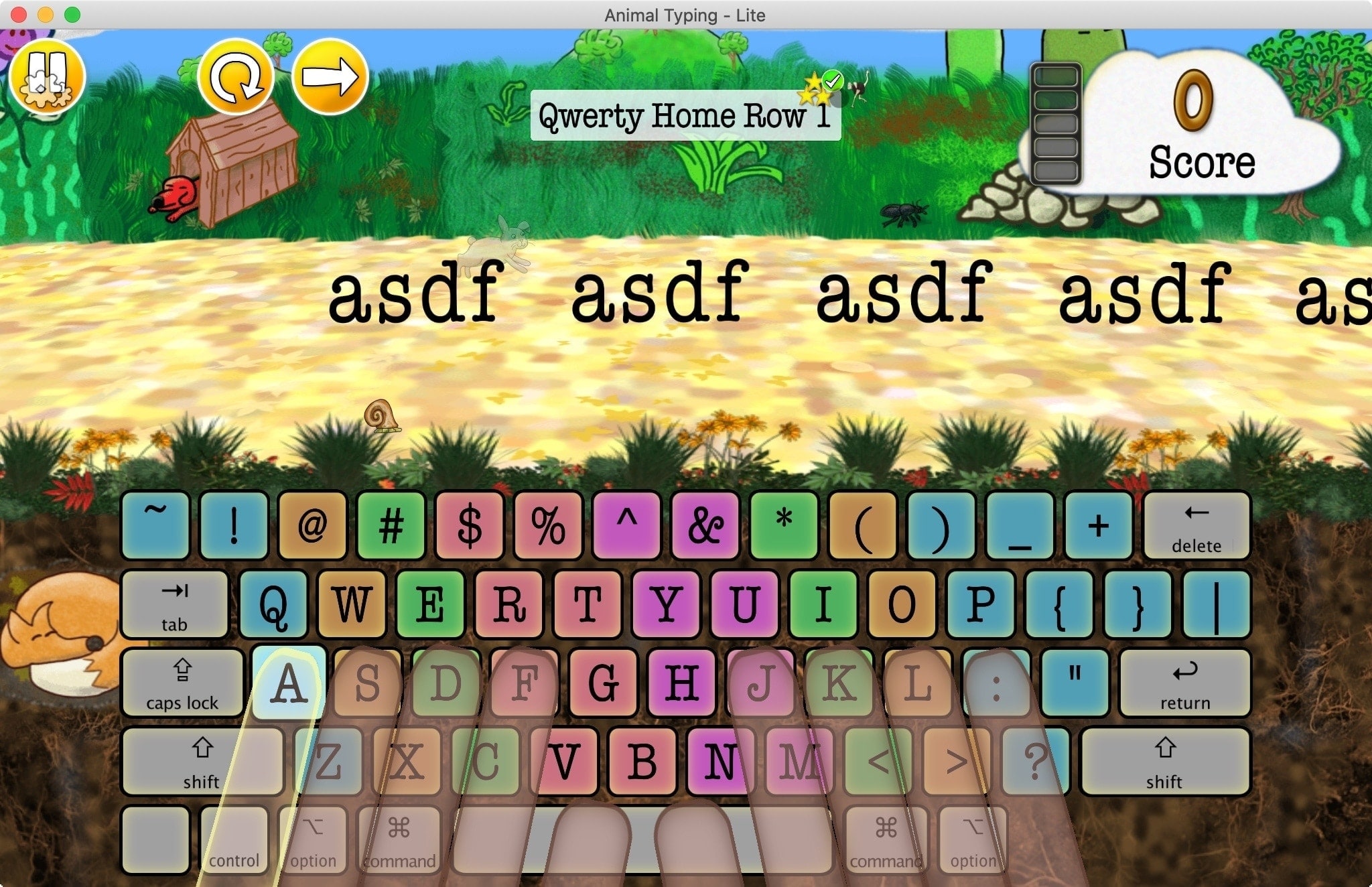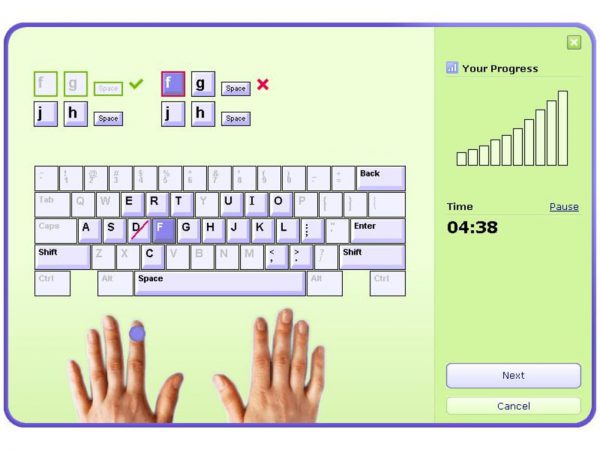

Van Rossum shouldered sole responsibility for the project, as the lead developer, until 12 July 2018, when he announced his "permanent vacation" from his responsibilities as Python's " benevolent dictator for life", a title the Python community bestowed upon him to reflect his long-term commitment as the project's chief decision-maker. Its implementation began in December 1989. Python was conceived in the late 1980s by Guido van Rossum at Centrum Wiskunde & Informatica (CWI) in the Netherlands as a successor to the ABC programming language, which was inspired by SETL, capable of exception handling and interfacing with the Amoeba operating system. Python consistently ranks as one of the most popular programming languages. Python 2.7.18, released in 2020, was the last release of Python 2.

Python 3.0, released in 2008, was a major revision not completely backward-compatible with earlier versions. Guido van Rossum began working on Python in the late 1980s as a successor to the ABC programming language and first released it in 1991 as Python 0.9.0. It is often described as a "batteries included" language due to its comprehensive standard library. It supports multiple programming paradigms, including structured (particularly procedural), object-oriented and functional programming. Python is dynamically typed and garbage-collected. Its design philosophy emphasizes code readability with the use of significant indentation via the off-side rule. Python is a high-level, general-purpose programming language. pyo (prior to 3.5) ĬPython, PyPy, Stackless Python, MicroPython, CircuitPython, IronPython, JythonĪBC, Ada, ALGOL 68, APL, C, C++, CLU, Dylan, Haskell, Icon, Lisp, Modula-3, Perl, Standard ML Īpache Groovy, Boo, Cobra, CoffeeScript, D, F#, GDScript, Genie, Go, JavaScript, Julia, Nim, Ring, Ruby, Swift Windows, macOS, Linux/UNIX, Android and more 5 April 2023 24 days ago ( 5 April 2023)ĭuck, dynamic, strong typing gradual (since 3.5, but ignored in CPython)


 0 kommentar(er)
0 kommentar(er)
